Shipping quote request
We’ll calculate the shipping price as soon as getting your request.
Shipping quote request
We’ll calculate the shipping price as soon as getting your request.
You May Also Like
More from this Dealer
J. Meyer, Symbol of the Chest, Apollo on the Chariot, 17th-Century, Etching
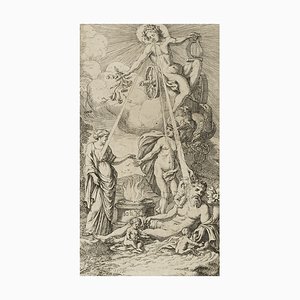
H. Christianen, Beddled at Saint-Clüment Murthe-E-Monthly, 1919, Pencil

O. Wagner, Church Tower in Bacharach, 19th-Century, Paper
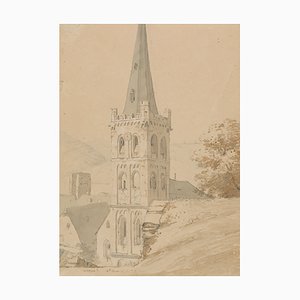
J. Meyer, Illustration to Grimmelshausen's Dietwalt and Amelinda, 17th-Century, Etching
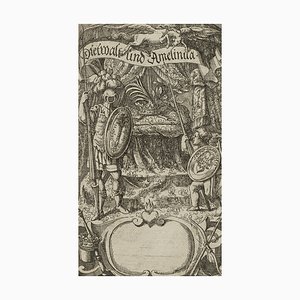
E. Daege, Fresco Design With Christ, Moses and the Veronica's Sweat Shroud, 19th-Century, Watercolor
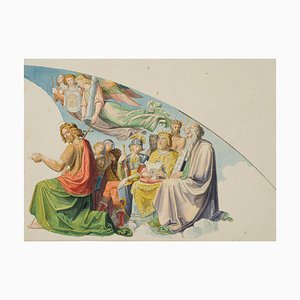
H. Christiansen, Stream in the Valley, 1921, Pencil
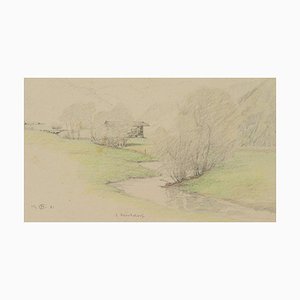
J. Meyer, Lady Sitting at the Bedside of Another, 17th-Century, Etching

J. Meyer, Looking up Lady With Feather Plaster, 17th-Century, Etching
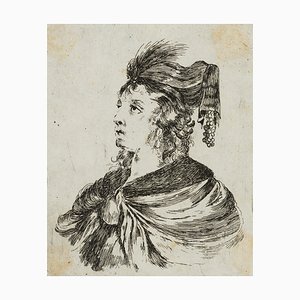
M. Neher, Melon Seller, 1830, Pencil
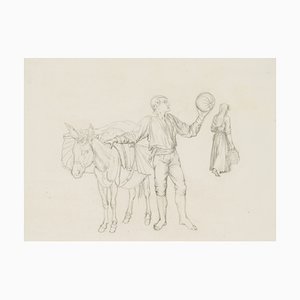
M. Neher, Figure Study of a Boy, 1840, Pencil
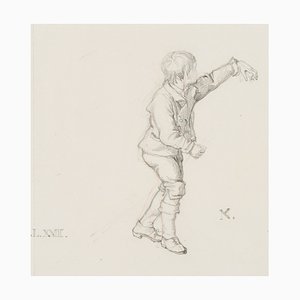
J. Meyer, Flag Bearer in Front of City Veduta, 17th-Century, Etching
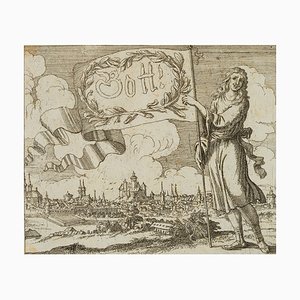
Posing Traditional Costume Girl at the Fountain, 19th-Century, Pencil

J. Meyer, a King Is Ambushed With His Army, 17th-century, Etching
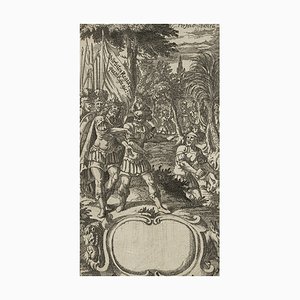
Clemens Chapel near Trechtingshausen, 1855, Pencil
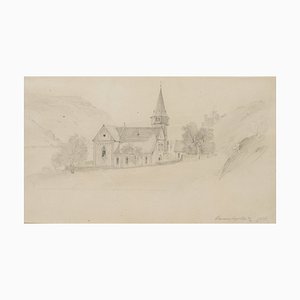
M. Neher, Market Scene, 1830, Pencil
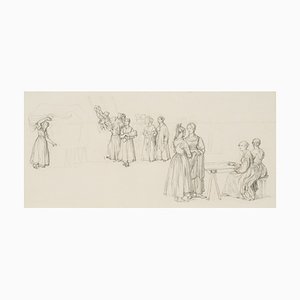
T. Weller, Young Italian, 19th-Century, Pencil
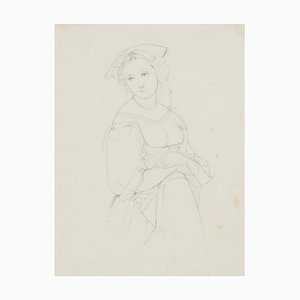
J. Meyer, Der grosse Helvetische Bund, 1690s, Etching
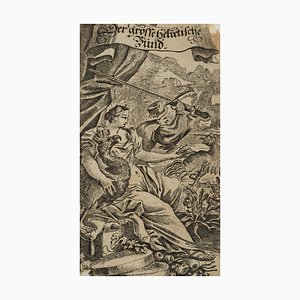
J. Meyer, Youth and Noble Lady, 17th-Century, Etching
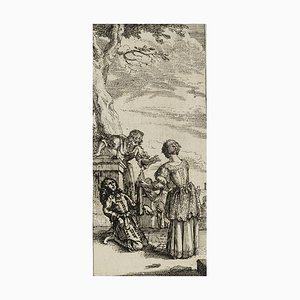
J. Meyer, Riding Battle, 17th-Century, Etching
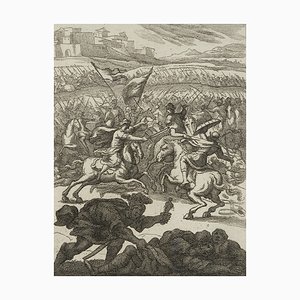
Rocky Landscape with Trees, 19th-century, Pencil
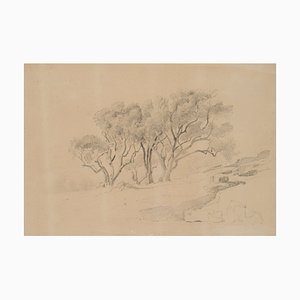
More Products
Get in Touch
Make An Offer
We noticed you are new to Pamono!
Please accept the Terms & Conditions and Privacy Policy
Get in Touch
Make An Offer
Almost There!
To follow your conversation on the platform, please complete the registration. To proceed with your offer on the platform, please complete the registration.Successful
Thanks for your inquiry, someone from our team will be in touch shortly
If you are a Design Professional, please apply here to get the benefits of the Pamono Trade Program